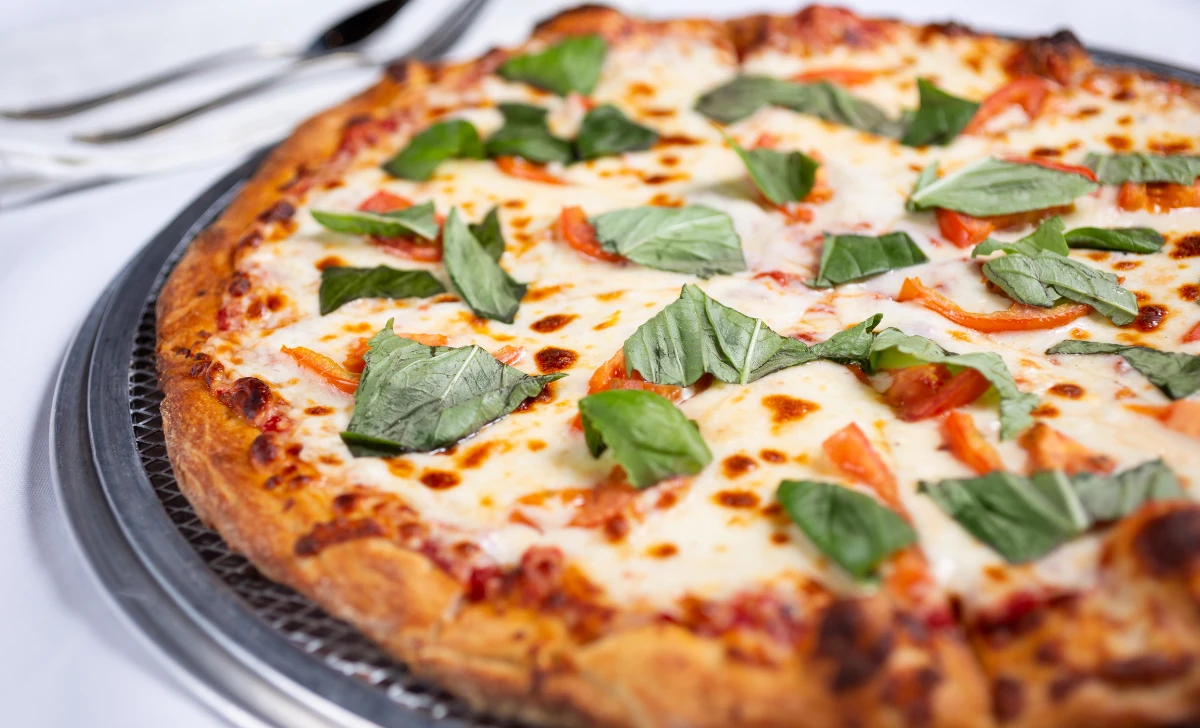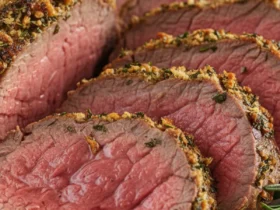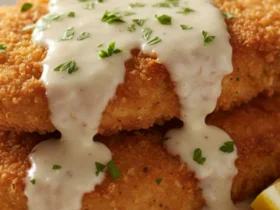Are you a pizza lover who craves the simplicity and flavors of an authentic Margherita pizza? Look no further! In this article, we’ll guide you through a step-by-step recipe to create a mouthwatering Margherita pizza in the comfort of your own kitchen. Get ready to indulge in the perfect combination of fresh tomatoes, fragrant basil, and creamy mozzarella cheese. Let’s dive right in!
[ez-toc]
History
The Margherita pizza, with its simple yet flavorful combination of ingredients, has become an iconic symbol of Italian cuisine. This beloved pizza has a rich history that dates back to the late 19th century.
Origins in Naples
The birthplace of Margherita pizza is Naples, Italy. Legend has it that in 1889, the famous Neapolitan pizzaiolo (pizza maker) Raffaele Esposito created the Margherita pizza in honor of Queen Margherita of Savoy. Queen Margherita and her husband, King Umberto I, visited Naples, and Esposito was commissioned to prepare a special pizza for their visit.
The Margherita Pizza’s Namesake
Esposito wanted to pay tribute to the queen by using ingredients that represented the colors of the Italian flag: red, white, and green. He chose fresh tomatoes for the red, creamy mozzarella cheese for the white, and aromatic basil leaves for the green. This combination of flavors and colors perfectly captured the essence of the Margherita pizza.
Royal Approval
When Queen Margherita tasted the pizza, she was delighted by its simplicity and deliciousness. The Margherita pizza quickly gained popularity and became a favorite not only of the queen but also of the Neapolitan people. Esposito’s creation became an instant hit and soon spread beyond Naples, making its way to other regions of Italy.
Evolution and Worldwide Recognition
Over the years, the Margherita pizza underwent various modifications and adaptations. Different regions in Italy developed their own versions, adding regional ingredients and flavors. However, the classic Margherita pizza remained a staple, cherished for its uncomplicated yet harmonious taste.
With the wave of Italian immigrants to the United States in the late 19th and early 20th centuries, the Margherita pizza crossed the Atlantic. It gained popularity in Italian-American communities and eventually spread to a wider audience, captivating the taste buds of pizza lovers worldwide.
Time
| Step | Time |
|---|---|
| Dough Preparation | 1 hour |
| Tomato Sauce | 15 minutes |
| Assembling the Pizza | 10 minutes |
| Baking the Pizza | 10-12 minutes |
| Garnishing | 5 minutes |
| Total | Approximately 1 hour 40 minutes |
Please note that the total time may vary depending on individual cooking skills and the specific oven used for baking the pizza.
Ingredients
| Ingredients | Quantity |
|---|---|
| Pizza dough | Enough for 2 pizzas |
| Fresh tomatoes | 4 medium-sized |
| Mozzarella cheese | 200 grams |
| Fresh basil leaves | A handful |
| Extra-virgin olive oil | To drizzle |
| Garlic cloves (optional) | 2 |
| Salt and pepper | To taste |
Feel free to adjust the quantities based on personal preference and desired taste.
Directions
1. Dough Preparation
a) Making the dough
- Combine flour, yeast, salt, and water in a bowl.
- Knead the dough until it becomes smooth and elastic.
- Allow the dough to rise for about an hour until it doubles in size.
2. Tomato Sauce
a) Preparing the tomato sauce
- Blanch fresh tomatoes in boiling water for a minute.
- Remove the tomatoes and plunge them into ice-cold water.
- Peel off the skins, remove the seeds, and chop the tomatoes.
- In a saucepan, heat olive oil and sauté minced garlic until fragrant.
- Add the chopped tomatoes, salt, and pepper.
- Simmer the sauce for about 15 minutes until it thickens slightly.
3. Assembling the Pizza
a) Preparing the pizza
- Preheat your oven to the highest temperature possible.
- Roll out the dough into a thin round shape on a lightly floured surface.
- Transfer the dough onto a pizza stone or baking sheet.
b) Adding the toppings
- Spread a generous amount of the tomato sauce evenly over the dough.
- Tear the mozzarella cheese into small pieces and distribute them over the sauce.
- Sprinkle some salt and pepper for added flavor.
4. Baking the Pizza
a) Cooking the pizza
- Carefully place the pizza in the preheated oven.
- Bake for approximately 10-12 minutes or until the crust turns golden brown and the cheese melts to perfection.
- Keep an eye on it to avoid overcooking.
5. Garnishing
a) Adding the final touches
- Once the pizza is out of the oven, tear fresh basil leaves into small pieces.
- Scatter the basil over the hot pizza.
- Drizzle some extra-virgin olive oil on top for an additional burst of flavor.
Enjoy your homemade Margherita pizza right away while it’s hot and delicious!
Don’t forget to experiment with variations and additions to make it your own.
Equipment Required
Nutrition Information
| Nutrition Facts | Amount per Serving |
|---|---|
| Serving Size | 1 slice (1/8 of pizza) |
| Calories | 250 |
| Total Fat | 10g |
| Saturated Fat | 4g |
| Trans Fat | 0g |
| Cholesterol | 20mg |
| Sodium | 480mg |
| Total Carbohydrate | 30g |
| Dietary Fiber | 2g |
| Sugars | 2g |
| Protein | 10g |
| Vitamin D | 0% |
| Calcium | 20% |
| Iron | 10% |
| Potassium | 4% |
Please note that these values are approximate and may vary depending on specific ingredients and portion sizes. It’s always a good idea to refer to the nutritional information on the specific products you use for a more accurate assessment.
Tips
- Quality ingredients: Use high-quality ingredients for the best flavors. Fresh and ripe tomatoes, flavorful basil, and good-quality mozzarella cheese will elevate the taste of your pizza.
- Preheating the oven: Preheat your oven to the highest temperature possible. This will help achieve a crispy crust and evenly melted cheese.
- Resting the dough: Allow the pizza dough to rest for a few minutes after rolling it out. This allows the gluten to relax and results in a lighter and more tender crust.
- Pizza stone or baking sheet: If using a pizza stone, preheat it in the oven before placing the pizza on top. If using a baking sheet, sprinkle it with cornmeal or flour to prevent sticking.
- Thin and even layer: When spreading the tomato sauce, aim for a thin and even layer. Too much sauce can make the crust soggy.
- Cheese placement: Tear the mozzarella cheese into small pieces and distribute them evenly over the sauce. This ensures each bite has a balanced cheese-to-topping ratio.
- Baking time: Keep a close eye on the pizza while it’s baking. The baking time may vary depending on your oven, so check for a golden-brown crust and melted cheese.
- Resting before slicing: Allow the pizza to rest for a few minutes before slicing. This allows the flavors to meld together and prevents the toppings from sliding off.
Pros & Cons
| Pros | Cons |
|---|---|
| ✅ Classic and timeless flavor | ❌ Requires dough preparation and rising time |
| ✅ Simple and minimalistic ingredients | ❌ High calorie and fat content |
| ✅ Quick and easy assembly | ❌ May not suit those with lactose intolerance |
| ✅ Adaptable to personal preferences and variations | ❌ Not suitable for gluten-free diets without adjustments |
| ✅ Represents the essence of Italian cuisine | ❌ Requires a high-temperature oven for optimal results |
Conclusion
In conclusion, the Margherita pizza recipe is a classic and beloved dish that captures the essence of Italian cuisine. With its simple yet flavorful combination of fresh tomatoes, mozzarella cheese, and fragrant basil, it offers a delightful culinary experience that has stood the test of time.
Preparing your own Margherita pizza allows you to customize it to your liking, whether it’s adjusting the thickness of the crust, experimenting with additional toppings, or exploring different variations. The process may require some time and effort, including making the dough and allowing it to rise, but the end result is well worth it.
By following the step-by-step instructions outlined in this recipe, you can create a mouthwatering Margherita pizza that is sure to impress your family and friends. The thin, crispy crust paired with the gooey melted cheese and the vibrant burst of flavors from the tomatoes and basil will transport you to the pizzerias of Italy.
So, why not embark on a culinary adventure and try your hand at making a Margherita pizza? Whether you’re an experienced cook or a beginner in the kitchen, this recipe is approachable and adaptable to your skill level. Gather the ingredients, follow the directions, and savor the satisfaction of creating a homemade pizza masterpiece.
Remember to have fun, be creative, and enjoy the process. The joy of making and sharing a delicious Margherita pizza with your loved ones is an experience that transcends borders and brings people together. So, grab a slice, indulge in the flavors, and let the Margherita pizza transport you to the streets of Naples.
Get ready to tantalize your taste buds and create cherished memories around the dinner table with this classic Italian delight. Bon appétit!
Facts
- 1. 🍕 The Queen’s Seal of Approval
- Fact: Margherita pizza earned its name from Queen Margherita of Italy, who fell in love with the pizza during a visit to Naples in 1889.
- She loved the combination of red tomatoes, white mozzarella cheese, and green basil so much that a pizza maker named Raffaele Esposito created the iconic Margherita pizza in her honor.
- 2. 🌱 An Homage to Italian Flag Colors
- Fact: The colors of the Margherita pizza toppings—red tomatoes, white mozzarella cheese, and green basil—symbolize the Italian flag’s colors.
- The pizza’s creation was intended to celebrate and represent the unification of Italy.
- 3. 🏅 The First Pizza “Certification”
- Fact: In 1984, the Associazione Verace Pizza Napoletana (AVPN) was established in Naples to preserve and protect the authentic Neapolitan pizza, including the Margherita pizza.
- The AVPN created strict guidelines for the dough, ingredients, and cooking methods, certifying pizzerias that meet the criteria and ensuring the traditional preparation and taste.
- 4. 🍅 Pizza’s Saucy Origins
- Fact: Although tomatoes are now a staple in pizza sauce, they weren’t part of the original pizza recipe.
- Tomatoes were brought to Europe from the New World in the 16th century, and it took a while for them to be widely accepted and used in Italian cuisine, including pizza.
- 5. 🎉 World Pizza-Making Records
- Fact: The largest pizza ever made was a Margherita pizza, measuring a whopping 13,580.28 square feet (1,263.5 square meters) in diameter.
- This record-breaking pizza was made in Rome, Italy, in 2012, and it took 250 pizza makers, 2,000 kg of flour, 1,600 kg of tomatoes, 2,000 kg of mozzarella cheese, and several hours to assemble and bake.
FAQ’s
Can I use instant yeast instead of active dry yeast?
Yes, you can substitute instant yeast for active dry yeast in the same quantity. However, instant yeast doesn’t require proofing and can be added directly to the dry ingredients.
How can I make the pizza dough gluten-free?
To make the pizza dough gluten-free, use a gluten-free flour blend as a substitute for regular flour. Adjust the liquid-to-flour ratio as needed to achieve the right consistency.
Can I use pre-made pizza dough from the store?
Yes, store-bought pizza dough can be used as a convenient alternative. Follow the instructions on the package for preparation and rising time, if applicable.
How long should I let the dough rise?
Allow the dough to rise for about an hour or until it doubles in size. The rising time may vary depending on room temperature and yeast activity.
Can I use dried basil instead of fresh basil?
While fresh basil is recommended for its vibrant flavor, you can substitute dried basil. Use 1 teaspoon of dried basil for every tablespoon of fresh basil in the recipe.
How do I prevent the pizza crust from becoming soggy?
To prevent a soggy crust, make sure not to overload the pizza with too much sauce or toppings. Preheating the baking sheet or pizza stone can also help create a crispier crust.
Can I freeze the pizza dough for later use?
Yes, you can freeze the pizza dough. After it has risen, portion it into individual balls, wrap them tightly in plastic wrap, and store them in a freezer bag. Thaw in the refrigerator before using.
Can I use a grill instead of an oven to cook the pizza?
Yes, you can cook the pizza on a preheated grill. Place the dough directly on the grill grates, add the toppings, and close the lid. Cook until the crust is golden and the cheese melts.
Can I make the pizza sauce ahead of time?
Yes, you can make the pizza sauce in advance and store it in the refrigerator for up to a week. Just reheat it before using on the pizza.
Can I substitute fresh tomatoes with canned tomatoes for the sauce?
Yes, you can use canned tomatoes for the sauce. Opt for whole peeled tomatoes and crush them with your hands or blend them before cooking to achieve a chunky consistency.












Leave a Review